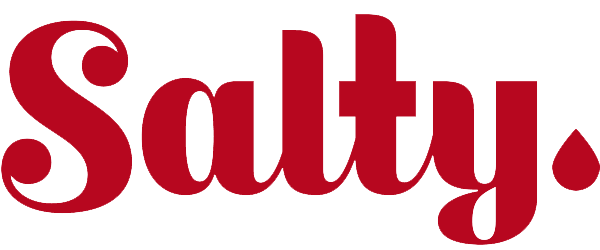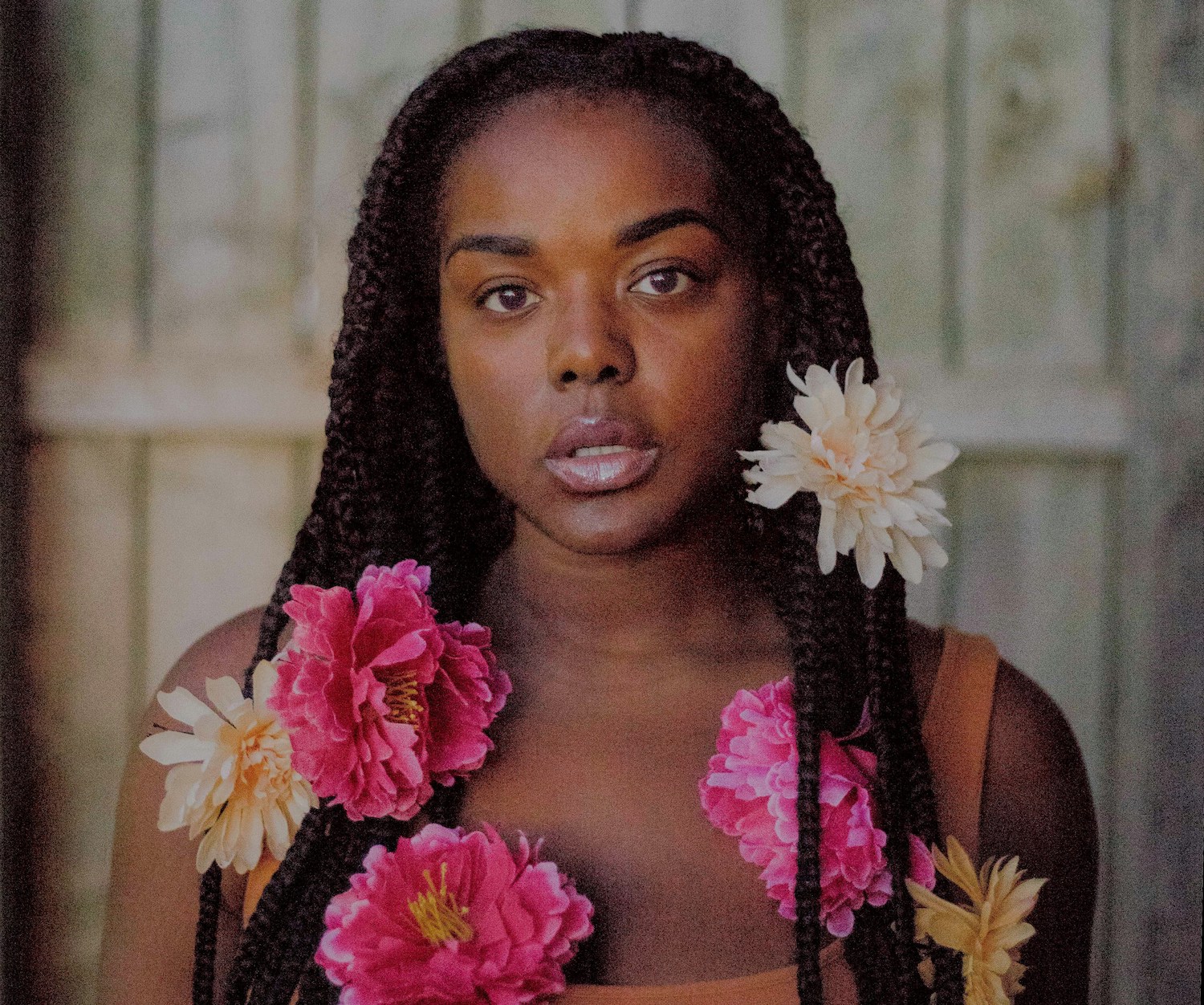Written by Erica Nicole.
Photo: Ali Karimiboroujeni
I am a meddler, by default. Something about the INTP, Enneagram-5 in me fuels my lust for getting to the bottom of everything; to try to understand it, to reconfigure it, to make it better. Naturally, these tendencies rolled into my relationship with mental health. I approached it with the same commitment, lowering myself into the bunker of self-help culture and its promise of self-discovery.
Slowly though, I wondered: at what point does the hunger for healing become an illusion of control? Like with just the right book, the right therapist, the right breakthroughs—you could build sturdier legs for the walk back to yourself.
There is a surplus of doctors and gurus in the zeitgeist who can guide you to the other side of pain, but rarely tell you that marginalization can make it impossible to stay there.
Who guides the women and femmes doing the herculean work of healing from sexual assault, but still must move through a world that makes the reoccurrence of violence a game of Roulette? Or black and brown folks who shake the nightmares of bloodshed, but for whom black and brownness is still a statistical death trap?
There is a surplus of doctors and gurus in the zeitgeist who can guide you to the other side of pain, but rarely tell you that marginalization can make it impossible to stay there.
We don’t talk as much about all the ways oppression can render a Healing Journey circular, and devastatingly thankless. Or what it’s like to white knuckle progress, so terrified of triggers, of going Back There, you can’t exhale in the new life you’ve worked so hard to create.
The truth remains that trauma can be universally experienced, but is never quite equally disbursed. And how much time is enough to heal when trauma is always compounding? Always the Whac-A-Mole with its pesky head darting from holes you thought were sealed shut.
As much as it is, perhaps, a spiritual question, it is also a political one: who is responsible for our ability to heal? Not our capacity to heal. Not the enigmatic optimism that swells in all of us despite the grimmest odds, not merely the structural access to wellness, but the hope that our healing will not so easily, ceaselessly come undone.
When you are subjugated, and the traumas you endure are not simply a failure of the cosmos but one of state engineering—you will need more sustainable methods to cope.
Even when we consider community as a necessary vehicle for individual healing, we must still reckon with its collective emotional limits. And marginalized communities, who bear the burden of suffering, are constantly recovering from atrocities that will happen again and again, will happen all at once. As profoundly as we support one another, oppression can sometimes deplete all emotional reserves. We are sometimes dominoes, standing in rows of solidarity but in danger of continuous collapse.
I think of the genocide of the Palestinian people in Gaza and the colossal grief of the survivors. A kind of grief a body was not meant to carry, a kind that coils the spine under its weight. Communities with a history of trauma will fatigue often. And resiliency, even at scale, will never feel like a sufficient solution. After all, how many casseroles can line the table of yet another repass? How many ways to say you’ll get through this, or I’m sorry for your loss? For us, healing must not only be crisis management but a kinetic, proactive part of everyday resistance.
One way to resist anything in a capitalist state is, of course, to withhold labor. Hegemonic approaches to self-improvement demand a hamster wheel of emotional labor to achieve happiness. Happiness is not a thing you deserve by virtue of being alive but one you must earn, through endless internal probing and status markers of Doing The Work. As Tricia Hersey writes in Rest Is Resistance: A Manifesto, “I believed I had to figure out everything in my internal and external life that was causing me harm and correct it immediately…that you had to always be doing labor to fix.”
Black women know this well. We are what is always deemed broken. We journal and pray and meditate. We fix our insecure attachment styles and daddy issues and mother hunger and do our shadow work. We perform somatic yoga and drink ayahuasca tea to purge trauma so deep in the body that only our cells remember. We do it all, knowing we may have to do it all again.
Let me be clear: To heal is a radical act. But those most susceptible to trauma should define the parameters for which we overcome it. And exhaustive emotional labor is not the way we overcome long term.
Black women know this well. We are what is always deemed broken. We journal and pray and meditate. We fix our insecure attachment styles and daddy issues and mother hunger and do our shadow work.
I have to believe most of us are doing the best we can to manage our own realities. That we know which help we need, when we need it, and that we will hold each other accountable when we don’t. Isn’t that what we have always done? Long before the wellness-industrial complex could sell us tools and terms for healing, we found a way.
We continue to work on ourselves out of the deep-seated fears capitalism plants about productivity and mental health. The notion that if we are not always digging and doing, something inside of us will sabotage a career, relationship, self-actualization, a life.
Eventually though, we learn that no amount of self-excavation can pinpoint what we so desperately want to understand: why we are the way we are. Because the answer, is an intricate thread of DNA and culture and colonization and the chaotic micro-moments which shape us every day. Eventually, doing static inner work in an unstable outer world seems futile; because as soon as you find answers, there are already new questions.
There’s a cultural shame that also emerges from self-help archetypes through an obsession with moral purity. Healing the Right Way is defined through the binaries of “healthy” and “unhealthy” coping mechanisms. From media to pop culture, the self-transformational journey is depicted as righteous and ascetic; free of vices or emotional excess. A Healed Person, for instance, does not binge a pint of Ben & Jerry’s after a breakup, or smoke weed each day to manage a miserable job, or fuck a stranger on a lonely night. Instead, they channel their emotions into “productive” self-care methods like chores, exercise, art, or hot baths.
Colonial logic convinces us that the impulses to soothe ourselves are primitive and immature, somehow outside the bounds of real transformation. But Audre Lorde reminded us long ago that self-care was also self preservation. For the oppressed, the two must always exist without contradiction.
Healing is not only designed for peaceful “groundedness.” But can also carry our rage and even our vengeance. It is numbness and escapism when we need it, and caution or cynicism when it is keeping us safe. Healing happens once we accept its ability to expand for us all.
For me, healing shows up in the simple management of daily life. And there is freedom in that. In keeping the responsibility I need and giving back the rest. In refusing to clean the blood from the Master’s hands, even when it is my own.
About the Author:
Erica Nicole is designer, writer, and activist living in the Midwest. Her work has appeared on the Nation.com and she currently writes at Substack on her newsletter Black Girl Ruminations.
Follow her here.

